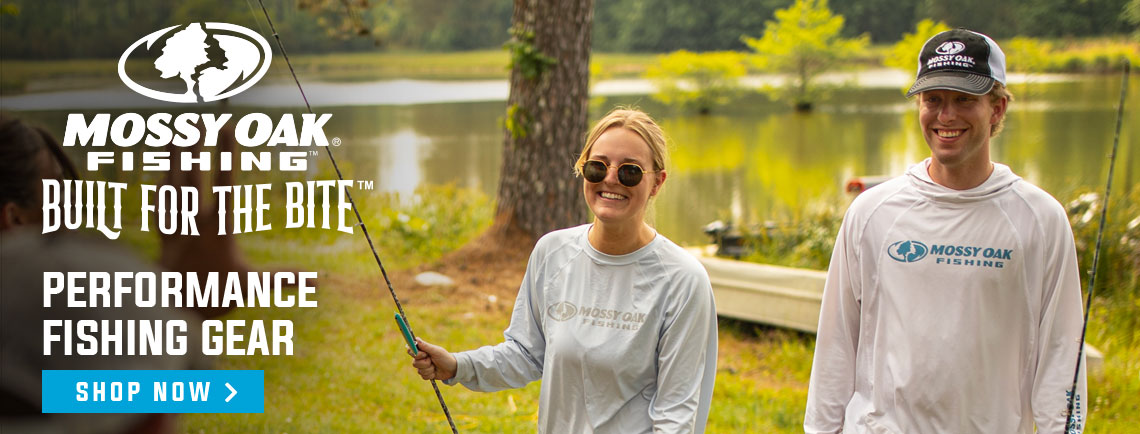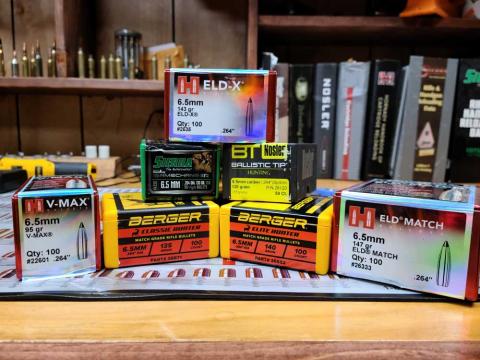Phillip Gentry
As July turns to August, many anglers yearn just to have an excuse to get on the water. Most of them don’t think about crappie fishing simply because the weather is so hot and the fish have gone deep. Veteran crappie anglers know there is one tactic that will catch crappie year-round but especially excels when fishing for crappie in hot weather.
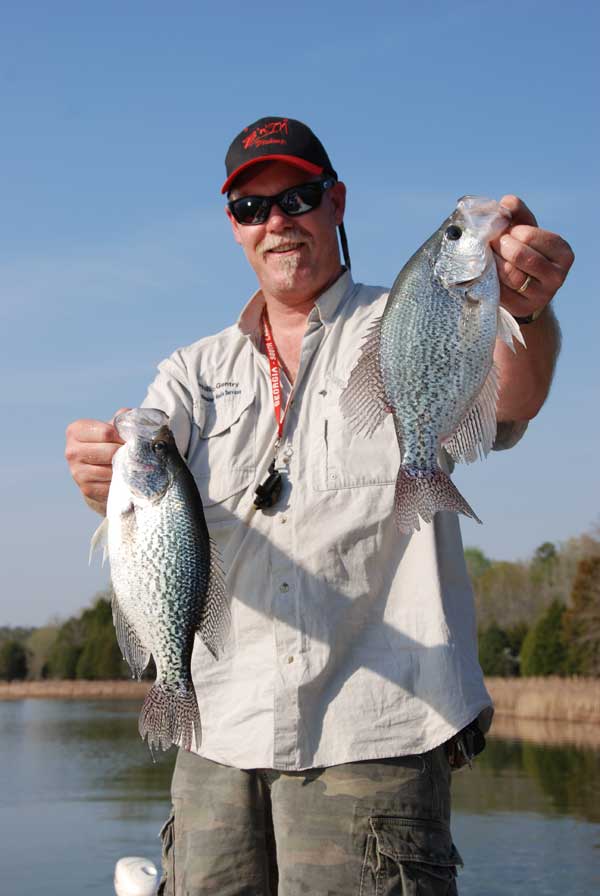
The tactic is known by a number of names. Some call it spider rigging, some call it tight lining, some pushing, and others simply trolling. The name that fits best is slow vertical trolling, and it’s a common sight on most crappie waters with one or two anglers perched in the front of the boat with multiple long rods leading the way as the boat inches along via the power of the bow-mounted trolling motor.
Tight lining works all year long because it covers a lot of water and puts multiple baits right in the face of the fish. To get started in the art of slow vertical trolling, anglers must commit to the tactic by outfitting their crappie fishing boats with the proper equipment.
Equipment
In order to tight line effectively, you need to have the proper rods, rod holders, depth finder, trolling motor, baits, and rigs. All are part of an integrated system, but there is room for some personalization, especially when it comes to electronics.
Not everyone uses the same name brand products and not everyone agrees on the exact same baits, but the basic principle is the same and it works, time after time. In recent years, one of the most common customizations focuses on the use of forward-facing sonar. Such equipment lets the angler know immediately the depth and location of crappie (or non-existence of crappie) whereas in the post-forward-sonar era, you’d have to graph an area first, then troll back over it and fish for knowledge.
Regardless of the body of water you’re fishing or sonar you’ve come equipped with, anglers who tight line for crappie try to work out a pattern of where the fish are located and what depth they are holding at. Variables include baits, the amount of weight used, the speed of the boat, and length of rods.
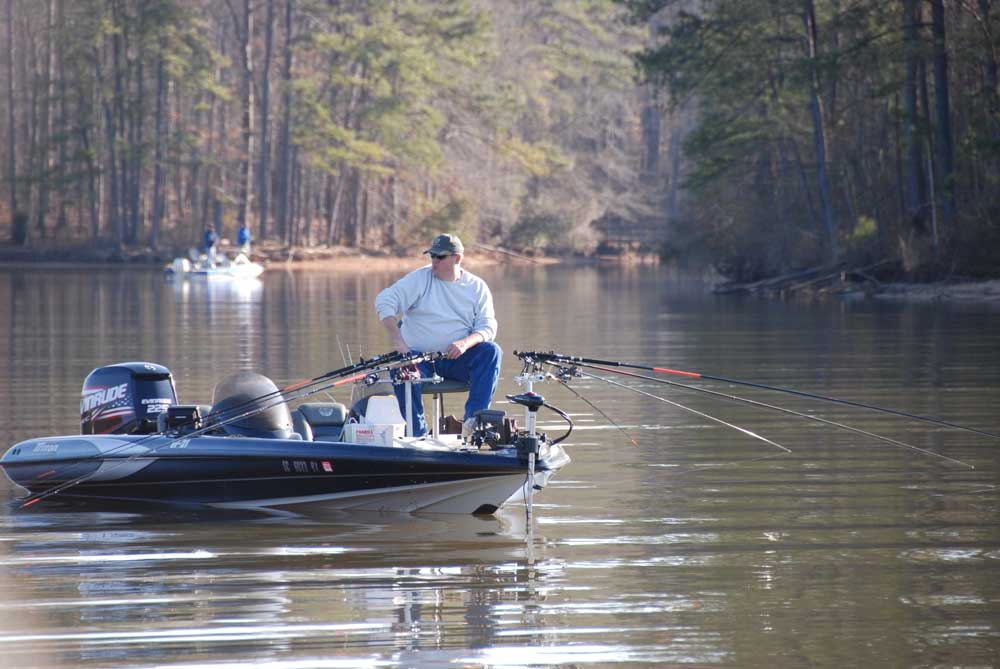
Rigging
Probably the number one rig for tight lining is the minnow rig. This rig was made famous on Tennessee’s Reelfoot Lake and has accounted for more crappie catches than any other rig. The basic rig uses live minnows for bait anchored by a large egg sinker to hold the line in a vertical position.
Two variations are a two-hook rig and a single hook rig. The single hook rig is essentially a Carolina rig with a #2 Aberdeen hook that is soft and bendable if the rig hangs in structure.
The two-hook rig is a variation of the Carolina rig that provides an additional dropper hook with a 3-way swivel tied a foot or two above the egg weight. The two hook ends can also be replaced with crappie jigs or mixed live bait and artificial.
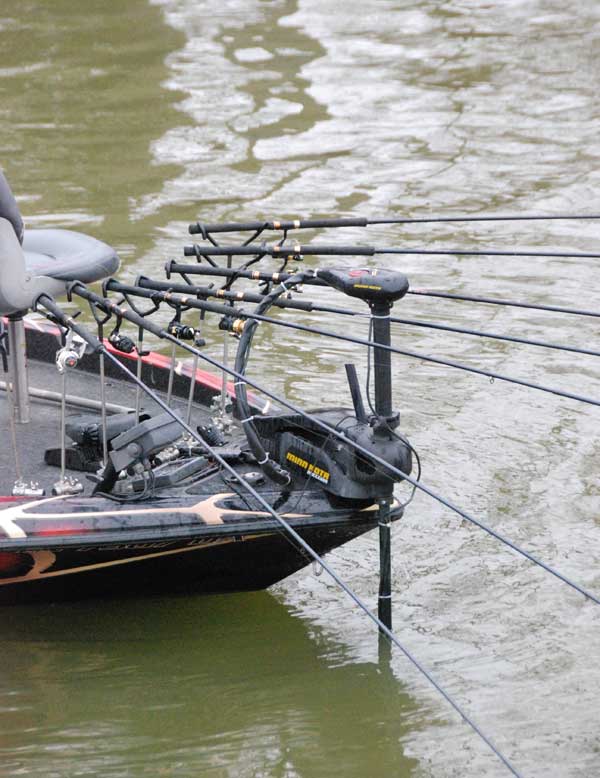
Single hook rigs are simpler to use while the double hook rig with its additional short leader allows the angler to target two different depth levels with the same rod. Add in that the common rod count is 3-4 rods per angler and that puts a lot of baits in the water at different depths to determine a depth preference in short order.
One productive variation of tightlining is to use only jigs on the end of the line. This is a productive method when fishing shallow during the spawn pushing crappie jigs from 1/16 to ¼ ounce.
Another hot weather variation to tightlining is to use heavy weights in the 4 to 6-ounce range and up the trolling speed from the standard .5 mph to 1.5 or even 2 mph. The additional weight serves to hold the line more vertical in the water and the faster speed creates a reaction bite from crappie.
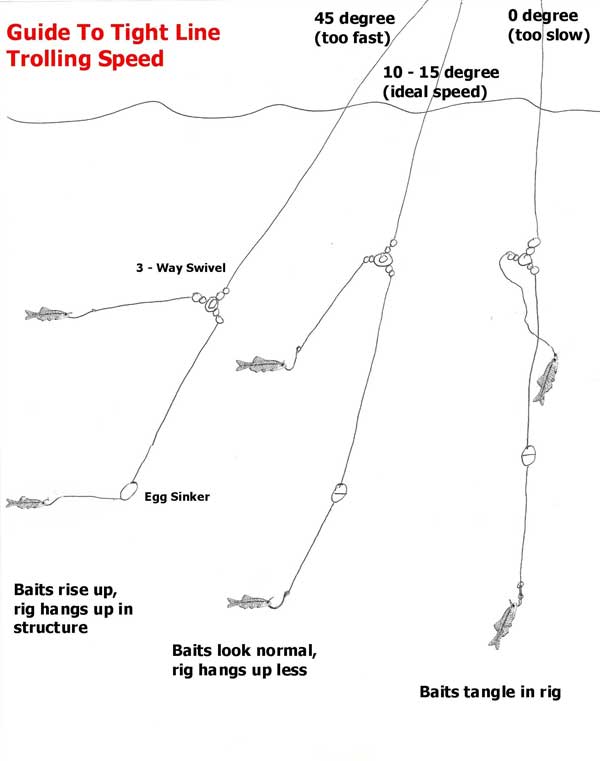
Location
As for where to tight line, seasonal crappie movements will dictate, but most anglers find success trolling along ledges, ditches, creek channels or in open water where crappie are congregated near the bottom in cooler months or along a thermocline in summer months. Once a concentration of fish is found, (on a brushpile on a mid-depth flat) the boat position can be quickly and easily reversed or turned 180 degrees to go back over the fish.

